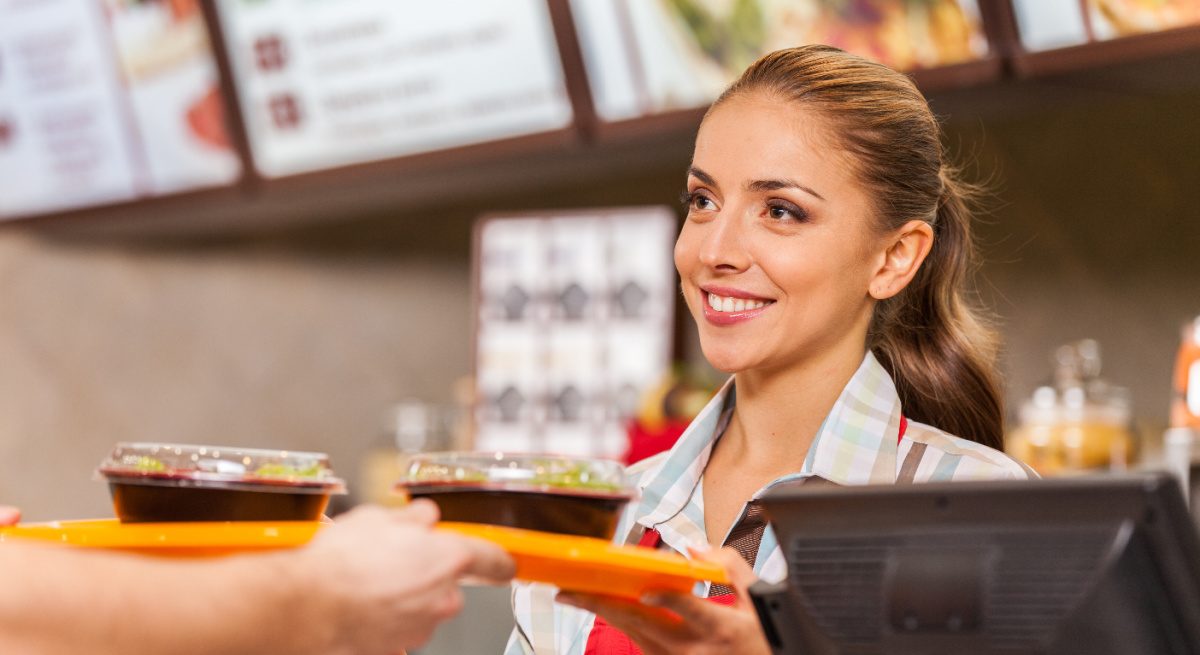How a Virtual Supply Chain Identifies Challenges and Solutions for Restaurants
2 Min Read By Ryan Yost
While the restaurant sector shut down during the pandemic, food supply chain technologists were working hard to open new avenues to improve automated processes for restaurants. As restaurants reopened to increased costs and staff shortages, automation has become less a future goal than an urgent need. For example, technology exists that allows restaurant operators to take inventory in a matter of minutes, while achieving 99.9-percent accuracy, saving labor, reducing waste, and making food safer across the enterprise.
However, it’s often been difficult for operators to know where to start, and how to proceed when looking to automate specific manual processes. Online tools exist to help operators on their journey. Presented on an animated, self-guided platform, multiple segmented supply chain environments encompass the full gamut of food use cases, challenges, and the identification solutions to solve them.
For example, one use case within the virtual food supply chain allows the user to click on a freezer in the stockroom of the virtual kitchen, where they will discover cost- and labor-efficient methods of managing expired inventory (FEFO), minimizing food waste, and keeping consumers safe.
There are several pain points that can be alleviated through smart automated processes. Here are traditionally manual processes that a virtual online tool can help address:
Find inventory accuracy in the stockroom – Having accurate inventory to ensure proper rotation is essential as restaurants continue to move from a first in first out model to first expired first out.
Look at ordering in the back office – Utilizing automated processes instead of manual calculations and formulas to place an order eliminates over-ordering which can lead to food waste for under ordering which can lead to out of stocks and dissatisfied customers.
View receiving operations on the loading dock – Streamlining the receiving operation through automating the process eliminates the time-consuming efforts to address inaccuracies with distributors reducing the need for back-and-forth calls and other tasks.
Automate data management in the kitchen – Manually capturing so much data accurately is nearly impossible using manual processes; automating data capture is key, especially in a busy restaurant where speed is essential.
Check on temperature & HACCP in operations – Reducing reliance on the manual nature of HACCP means less susceptibility to fraudulent logs and pencil whipping – approving documents without taking time to review them.
Locate recalls on the shelves – With automated inventory control, recalling or withdrawing products from restaurants increases recall compliance and reduces labor costs for franchisor staff managing recall incidents.
Ordering and inventory capture have long been manual processes for restaurant operators, but they have become increasingly more time-consuming and inefficient. The pandemic has given restaurants a “restart” button to implement solutions that reduce the time and labor for these essential duties. The future of restaurant automation has never been more accessible.


